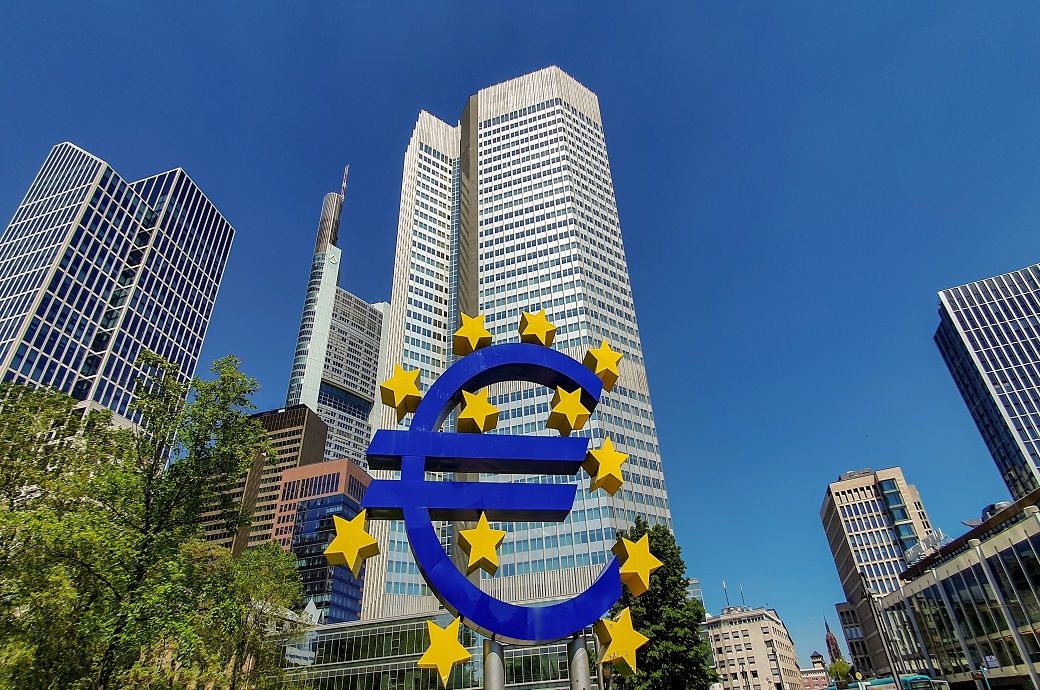
“We expect the bloc to record slightly positive quarterly growth throughout this year, despite the tariff-related turmoil,” Oxford Economics said in a research briefing.
Among the big four, Germany displays the highest risk of a downturn, followed by France and Italy. Spain’s strong performance means its recession risks are close to nil.
A recession is not imminent in the eurozone and the big four despite the extreme trade policy uncertainty, Oxford Economics said.
Past monetary policy easing and robust consumption, sustained by the rise in real incomes, are propping up domestic demand at present, it noted.
Among the big four, Germany displays the highest risk of a downturn, followed by France and Italy, it said.
Germany’s industrial and export focus makes it the most vulnerable to tariffs, which worsens an already poor starting point. France’s domestic issues make it somewhat vulnerable, despite its structural resilience to global shocks.
There is still huge uncertainty around the final outcome of the trade war, and a high risk of tariffs changing. But a prolonged standoff will keep trade policy uncertainty elevated, which could, over time, erode economic momentum and raise recession risks in the Eurozone, the briefing noted.
Consumption will be the main growth engine in the eurozone as real incomes rise in the context of low unemployment and falling inflation, compounded by the disinflationary impulse of tariffs, it observed.
This will also enable the European Central Bank (ECB) to continue cutting interest rates, which will sustain credit supply for investment and durable goods spending.
That said, continuing threats of the imposition of new tariffs are causing an extended period of trade policy uncertainty.
Moreover, risks abound and the balance is fragile: there could be an escalation in the trade war; low hours worked per person have prevented a rise in unemployment but remain a key domestic source of downside risk; and the ECB’s easing cycle could disappoint, it added.
Fibre2Fashion News Desk (DS)

